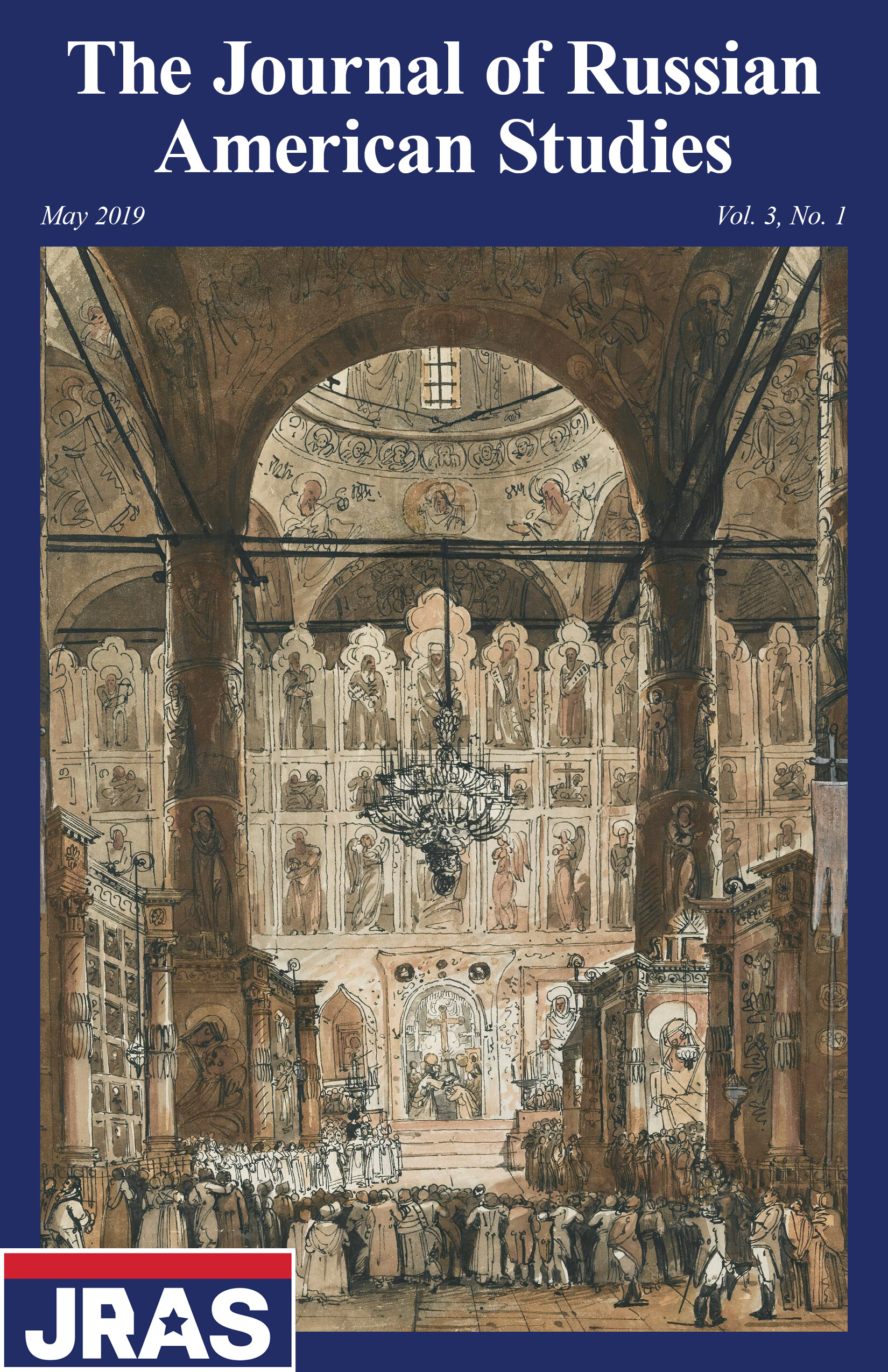The Artist Nomad
Soviet Dissident Artists in the West
DOI:
https://doi.org/10.17161/jras.v3i1.8203Abstract
When Ronald Reagan infamously declared the Soviet Union to be the “Evil Empire” in 1983, he was playing upon a fundamental axiom of Cold War politics: that the world can be neatly divided between the First World of Capitalism and the Second World of Communism. Equating this divide with that of good and evil only served to strengthen the notion that the two sides were mutually exclusive. Personal politics were an extension of this perspective. One was either a Capitalist or a Communist—to reject one was equivalent to embracing the other. This paper examines the art of dissident artists such as Alexander Kosolapov, Leonid Sokov, and Ilya Kabakov; artists from the Soviet Union who were exiled to the West during the Cold War. It seeks to better understand why these artists’ rebellion against the Soviet system did not translate into an embrace of Western culture upon arrival in America. The roots of their critical artistic approach are interpreted through the prism of ideological nomadism which reveals their art to be deeply ambivalent. These artworks are analyzed as a disruption to the binary understanding of the Cold War and Post-Soviet eras by their embrace of a liminal position in the overlap between the capitalist and communist cultural milieus.
Downloads
Published
Issue
Section
License
Copyright (c) 2019 Clinton Jacob Buhler

This work is licensed under a Creative Commons Attribution-NonCommercial 4.0 International License.
Copyrights are held by the authors. Articles in the Journal of Russian American Studies are licensed under a Creative Commons Attribution-NonCommercial 4.0 International License.



